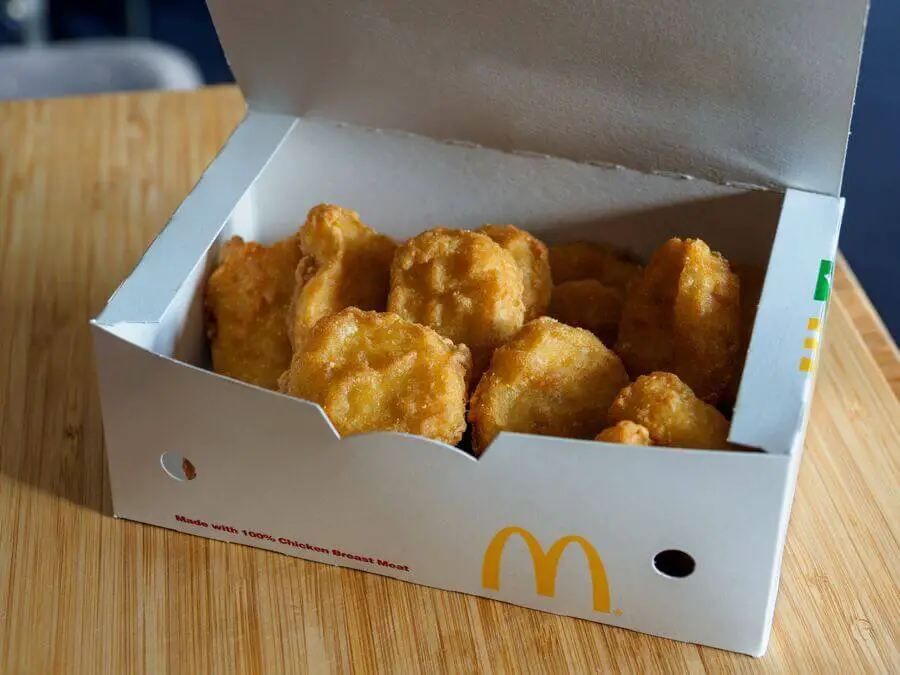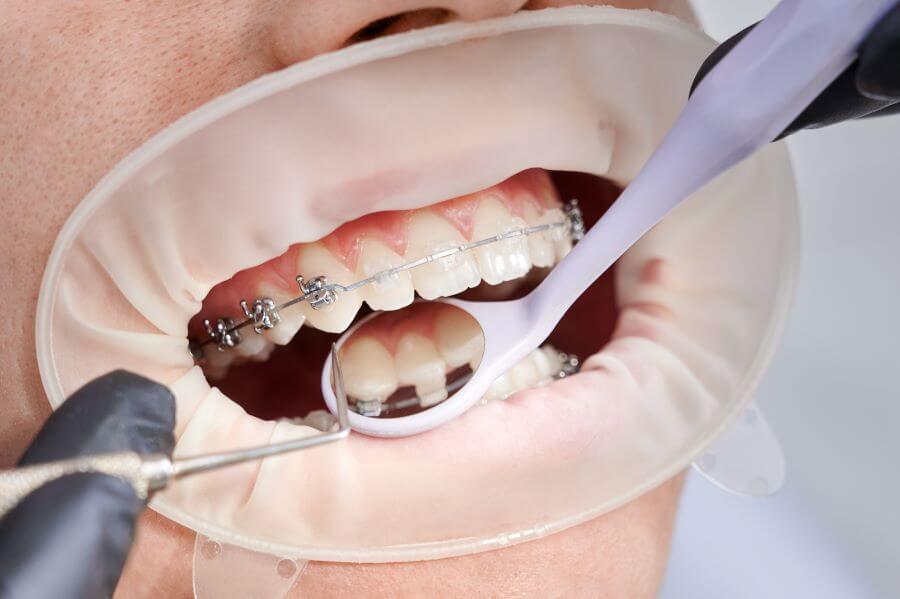Golden Arches: The Birth of McDonald’s Distinctive Architecture
Ray Kroc’s Vision: The Evolution of the Golden Arches
The Golden Arches are arguably the most recognized symbol of McDonald’s. The journey began with Ray Kroc, the man who bought the company from the original founders, Richard and Maurice McDonald. Kroc envisioned a design that would stand out in the urban landscape and be instantly recognizable. The result was the iconic “M” logo, formed by two golden arches.
The Symbolism Behind the Iconic Double Arches

The Golden Arches were not just a design element; they carried a symbolic value. Representing the entrance to the restaurant, they conveyed a sense of welcome and hospitality. Over time, these arches have become synonymous with the brand, symbolizing McDonald’s commitment to quality, service, cleanliness, and value.
Classic McDonald’s Designs: Nostalgia and Charm
The Allure of Mid-Century McDonald’s Buildings
The early McDonald’s restaurants boasted a unique mid-century design that resonated with the era’s optimism and modernity. These buildings featured large glass windows, stainless steel details, and of course, the trademark golden arches. The red and white tiled exterior added to the charm, evoking nostalgia and timeless appeal.
Architectural Features: A Walk Through the Classic McDonald’s
Classic McDonald’s restaurants had an open kitchen design, allowing customers to watch their food being prepared. This transparency was a testament to the brand’s confidence in its product quality. The restaurants also featured a walk-up counter with no indoor seating, reflecting the fast, on-the-go nature of the service.
Adapting to Suburban Spaces: The Rise of the Mansard Roof Design
The Mansard Roof: McDonald’s Response to Changing Environments
As McDonald’s expanded into suburban areas in the 1960s and 1970s, the design of the restaurants evolved. The company introduced buildings with a mansard roof, a design element that helped the restaurants blend into the residential aesthetic of suburban neighborhoods.
How the Design Reflects Suburban Aesthetics
The mansard roof design, characterized by its steep slope and dormer windows, gave McDonald’s a homely appearance. This architectural style, combined with an expanded seating area, allowed McDonald’s to create a comfortable space where families could enjoy their meals.
The PlayPlace Revolution: Integrating Playful Architecture
The Emergence of PlayPlaces: A Paradigm Shift in Design
In the late 1970s, McDonald’s introduced PlayPlaces, dedicated play areas for children. This marked a significant shift in the brand’s architectural design. The PlayPlace was not just an additional feature; it transformed the restaurant into a destination for family entertainment.
PlayPlace Architecture: Balancing Safety and Creativity
PlayPlace designs were guided by two key principles: safety and creativity. The structures were built with safe, durable materials and included various elements like slides, tunnels, and climbing frames to stimulate children’s imagination and encourage active play.
Global Architectural Adaptations
McDonald’s Around the World: Architectural Variations
As a global brand, McDonald’s has skillfully adapted its architecture to different cultural contexts. For instance, in countries with historic building codes, McDonald’s has seamlessly integrated its restaurants into existing structures, respecting local architectural styles.
Cultural Sensitivity: How McDonald’s Adapts Designs to Local Contexts
McDonald’s demonstrates cultural sensitivity in its architectural designs. From incorporating traditional elements in China to respecting the colonial architecture in India, the brand ensures its restaurants are in harmony with local aesthetics, while maintaining its iconic identity.
Modern McDonald’s: Aesthetic Trends in Contemporary Designs
The Shift to Modernity: Sleek Designs for a New Era

In recent years, McDonald’s has adopted a more modern architectural aesthetic. Sleek lines, neutral colors, and minimalist design elements have become characteristic of contemporary McDonald’s restaurants. This shift reflects the brand’s commitment to staying relevant and appealing to the tastes of new generations.
Sustainable Architecture: McDonald’s Eco-Friendly Initiatives
Sustainability is a key focus in the design of modern McDonald’s buildings. Many new restaurants feature energy-efficient designs, use recycled materials, and incorporate green spaces. Some locations even have solar panels and rainwater harvesting systems, reflecting McDonald’s commitment to environmental responsibility.
Architectural Innovation in Drive-Thrus
The Evolution of Drive-Thrus: From Simple to Smart
Drive-thrus have been an integral part of McDonald’s service since the 1970s. Over the years, the architecture of drive-thrus has evolved from simple service windows to highly efficient layouts designed for speed and convenience. Today, some locations are experimenting with smart drive-thrus featuring digital menu boards and AI technology.
Futuristic Drive-Thru Designs: Enhancing Customer Experience
McDonald’s is continually innovating its drive-thru designs to enhance customer experience. Concepts like dual lanes and side-by-side order points are being implemented to reduce wait times. Moreover, the integration of technology is making the drive-thru experience more personalized and efficient.
Urban McDonald’s: Compact Designs for Cityscapes
Urban Challenges: Designing McDonald’s for Limited Spaces
Designing McDonald’s restaurants for urban environments presents unique challenges due to space constraints. To adapt, McDonald’s has created compact, multi-story designs that maximize space without compromising on the dining experience.
Vertical McDonald’s: The Trend of Multi-Story Restaurants
In densely populated cities, McDonald’s has embraced vertical architecture. Multi-story restaurants, complete with elevators and escalators, have become a common sight. These buildings not only make efficient use of space but also offer unique dining experiences with city views.
Architectural Collaborations and Special Designs
Collaborative Designs: McDonald’s and Renowned Architects
McDonald’s has collaborated with renowned architects to create one-of-a-kind designs. For instance, the McDonald’s in Chicago, designed by Ross Barney Architects, is a testament to sustainable and innovative design, featuring solar panels and a living green wall.
Limited Edition Designs: McDonald’s Pop-Up and Theme Restaurants
McDonald’s has also experimented with pop-up and theme restaurants, creating unique architectural designs for special occasions. These limited-edition designs allow McDonald’s to showcase its creativity and engage customers in new and exciting ways.
The Future of McDonald’s Architecture: Sustainability and Technology
Sustainable Building Practices: McDonald’s Green Initiatives

Looking ahead, sustainability will continue to be a key focus in McDonald’s architecture. The brand is committed to reducing its environmental footprint through energy-efficient designs, the use of sustainable materials, and the integration of green spaces.
Technological Integration: How McDonald’s Adapts to Modern Tech Trends
Technology will also play a significant role in the future of McDonald’s architecture. From digital kiosks and smart drive-thrus to mobile order pick-up spots, McDonald’s is leveraging technology to enhance customer experience and streamline operations.
Sources
- The Architecture of “McDonald’s” – Architizer Journal
- Why McDonald’s looks sleek and boring now
- The magic behind the McDonald’s system and …
- McDonald’s Flagship by Ross Barney Architects
- McDonald’s Chicago Flagship / Ross Barney Architects
- Design for McDonalds packaging and restaurants
- McDonald’s HQ
- McDonald’s | IA Interior Architects






